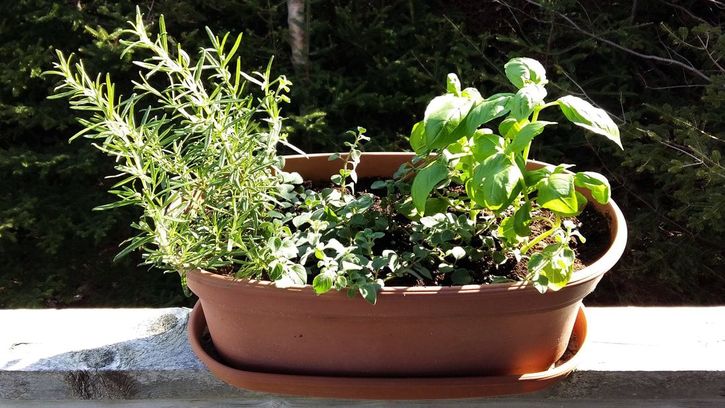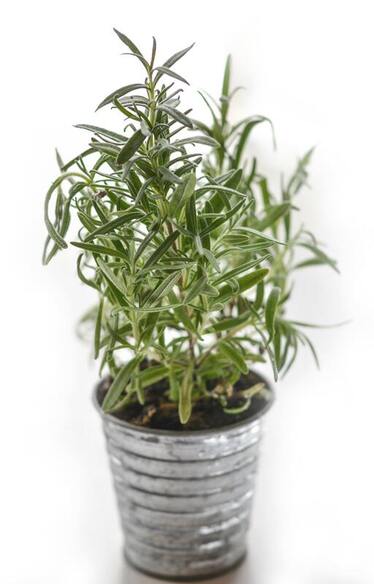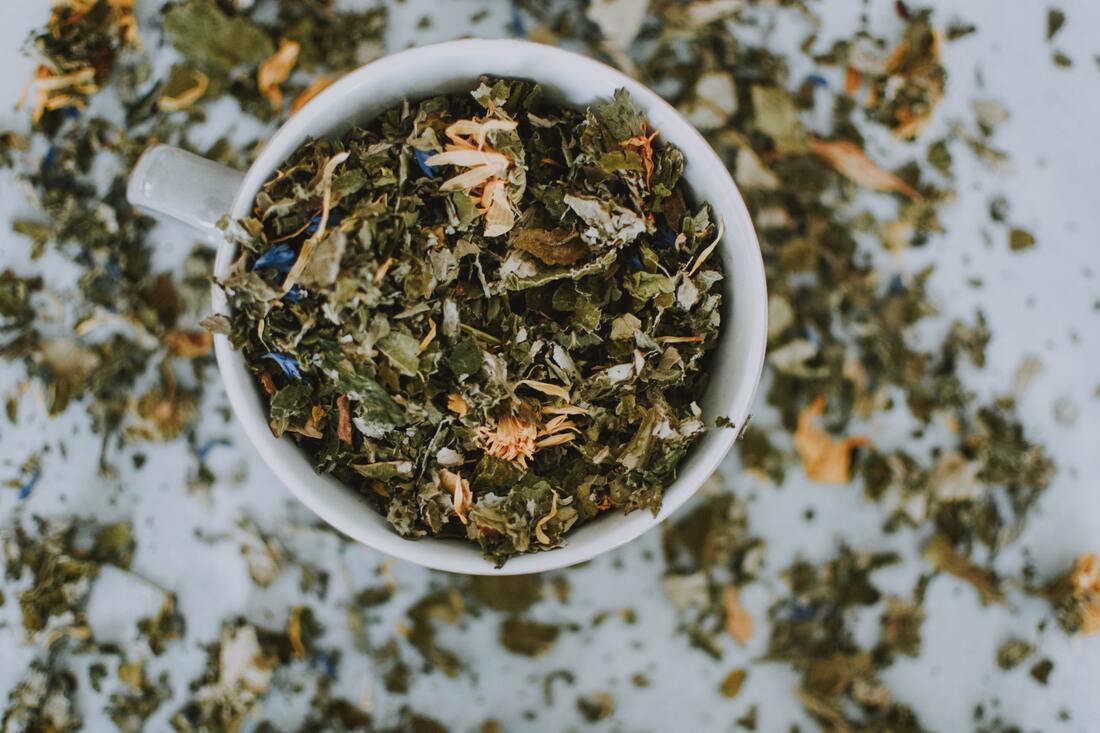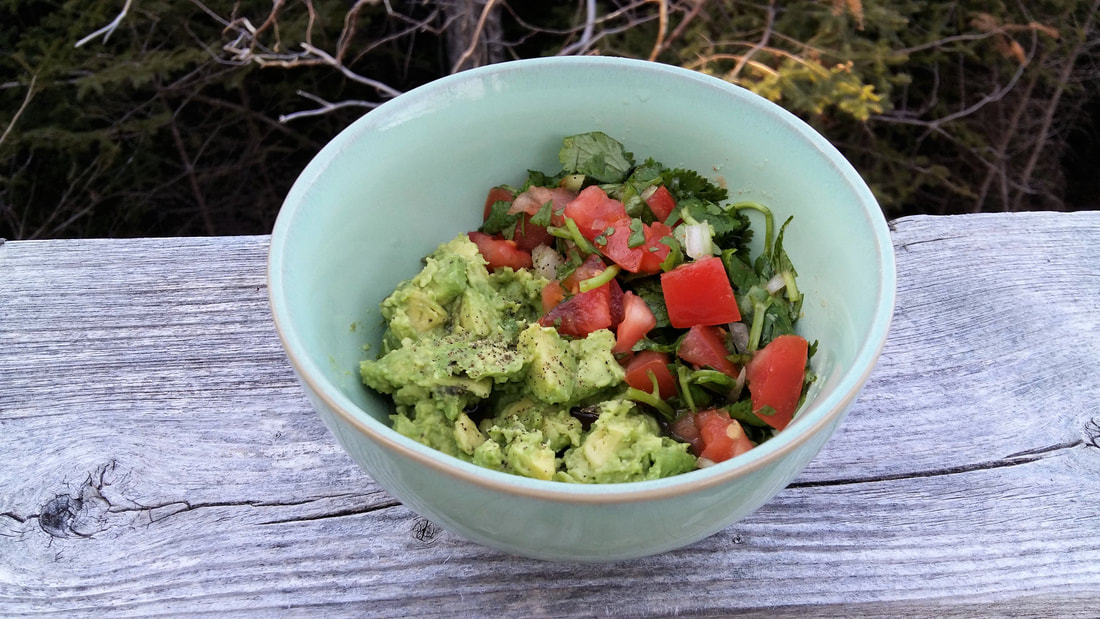It's Spring and some of the first things I plant inside are some of my beloved herbs. They make great indoor plants and help my gardening itch in early spring. Just looking at the little plants with great green hope is enough to make me feel better on a grey and rainy day. These little gems of the plant word are not only pretty and calming to look at but are packed with phytonutrients our bodies are just waiting to utilize!
Before the advent of prescription drugs (most sourced originally from the plant world and synthesised into new more powerful compounds) there was just the plants, the idea of nutraceuticals, if not the word, was born thousands of years ago. The word nutraceuticals has only been circulation since the early 90s but the concept has been around through the millenia. Foods, herbs, mushrooms, or compounds of natural nutritive substances given as remedies to disease and taken as preventative medicines has evolve with us throughout the ages.
Eating fresh and dried herbs not only enhances flavours in food but they have powerful benefits that can be taken advantage of like balancing hormones, boosting detoxification, supporting immunity, and calming inflammation to name just a few.
So I thought I would share a few of the ever present herbs to use in the kitchen, full of flavour, all natural, and powerful healing tools with extremely low side effects if any except tasting delicious!
The 3 presented here are simple kitchen herbs, great to add to as many meals as you wish. Not only are they great natural flavour additions they have great medicinal properties that have now been well studied.
Cilantro
Cilantro has a wonderful fresh flavour that allows me to add to many dishes like fresh salsa, added to curries, on top of soups like this recipe for a Thai Veggie Pho, and in summer salads rolls.
This herb is known for its antioxidant properties and in a study published in the Journal of Medicinal Food in 2015 they examine the ability of coriander leaf, or cilantro, extracts to protect skin against damage caused by ultraviolet radiation. The results of this study supported the potential of C.Sativum (Latin name) to prevent skin photoaging and supporting lower oxidative stress from UV free radical formation. Other in vitro research suggests that cilantro extracts are potent inhibitors of lipid peroxide formation and scavengers of hydroxyl and superoxide radicals as the plants mechanism of action. In other words it's a great antioxidant and skin protectant. Hello pretty!
Due to its high antioxidant content, oil extracted from the leaves of cilantro has been shown to inhibit unwanted oxidation when added to other foods, delaying or preventing spoilage, just imagine what it can do for the cells in our body if we ate a little every week.
Orally, cilantro can be used to remove heavy metals such as mercury, lead, and aluminum from the body. A natural chelate for heavy metals, sounds kind of important in our day and age to have these phytonutrients as part of our daily detoxifying regime.
Heavy metals can now be found from everything from naturally occuring in the environment, to cosmetics, food containers, dental amalgams, and even the water supply. While we might be able to control things like the personal products we buy or what type of filling we request, heavy metals in the environment and water supply are harder to avoid.
Detoxing doesn't have to be complicated, adding simple steps to your healthier day who doesn't want their 4 o'clock snack be fresh made lemony, garlicy salsa with a ton of cilantro and an avocado???
Cilantro and coriander (the leaf and seed) nourishes your body while simultaneously reducing inflammation. The plant contains high levels of a number of vitamins and minerals including A, C, K, magnesium, thiamin, iron, potassium and zinc.

Basil's proposed benefits include reducing inflammation, and it is said to have anti-aging and antibacterial properties.
According to research published in the Brazilian Journal of Pharmaceutical Science; "research show that our basil extract presents anti-inflammatory properties, the mechanism of which is a composed interaction between the inhibition of pro-inflammatory mediator and the stimulation of anti-inflammatory cytokines-our results demonstrated that basil could act as an antioxidant and anti-inflammatory and a possible alternative for medicinal treatment."
Basil leaves come complete with an array of antioxidants and other wonderful phytonutrients. Some of these phytonutrients, orientin and vicenin, which are part of the flavonoid family, have been found to protect cell structures as well as chromosomes from radiation and oxygen-based damage helping to protect our DNA.
Pesto before your next flight?
This also means its beneficial for heart health. With it's powerful antioxidants, and anti-inflammatory properties, along with vitamin A, or Beta-carotene, in holy basil, one of the hundreds of types of basil, this helps to prevent the oxidation of cholesterol in the bloodstream that may lead to heart disease and stroke. Magnesium helps to improve blood flow and maintain the heart’s rhythm.
The antibacterial nature of basil is linked to its volatile oils, or essential oils, such as: estragole, linalool, cineole, eugenol, sabinene, myrcene, and limonene.
“Essential oil of basil, obtained from its leaves, has demonstrated the ability to inhibit several species of pathogenic bacteria that have become resistant to commonly used antibiotic drugs” according to a study published in the July 2003 issue of the Journal of Microbiology Methods.
Basil is an excellent source of vitamin K and manganese; a very good source of copper, vitamin A (in the form of carotenoids such as beta-carotene), and vitamin C; and a good source of calcium, iron, folate, magnesium and omega-3 fatty acids.
I love, love, love making fresh summer pesto, or adding a leave or 3 to a spicy Thai dish.

Rosemary
Rosemary contains substances that are useful for stimulating the immune system, increasing circulation, and improving digestion as well as containing anti-inflammatory compounds.
Perhaps the most important function of rosemary is as an anti-inflammatory agent in the body. Carnosol and carnosic acids are two powerful antioxidants and anti-inflammatory compounds found in rosemary that have been linked to reducing inflammation of muscles, blood vessels, and joints. This makes it an effective treatment for many things, including blood pressure, gout, arthritis, and injuries sustained during physical exertion or surgery.
As an analgesic, or pain reliever, rosemary has been topically applied in a paste or salve for hundreds of years to the affected area of the pain. When consumed orally, it acts as a pain reliever for areas harder to reach such as headaches and pain from a condition. In fact, a popular use of rosemary is for the treatment of migraines. Applying a decoction to the temples, or simply smelling its aroma has been linked to reducing the severity of migraine symptoms.
Rosemary is also known for having anti-microbial, anti-fungal properties and can be used internally in combination with other natural substances to fight candidiasis, or topically to work on other fungal infections like athlete's foot.
According to research outlined in Therapeutic Advances in Psychopharmacology, the aroma from rosemary can improve a person's concentration, performance, speed, and accuracy and, to a lesser extent, their mood. Studying for anything?? Try smelling rosemary as you work.
Scientists have found that rosemary along side improving concentration, may also be good for protecting your brain. Rosemary's carnosic acid, fight off damage by free radicals, being a neuroprotectant.
What a wonderful plant to have in the windowsill or out in the garden for instant access to it's healing powers.
Try picking a sprig of it and placing it in water on your bedside table. I also love it in soups, veggie stews, or lentil loaf.
Interested in more spices and herbs to keep in the kitchen? Read this article on Spices great for circulation, inflammation, and antioxidant properties for more amazing plants to keep in the kitchen.
Everyone is individual in how we metabolize nutrients as building blocks, always take care when trying new herbs and natural medicines as supportive remedies, always start with fresh, unaltered food & garden herbs as medicine and work with a knowledgeable practitioner if trying compounds, tincture, or any alter substances. Do your own research first.
All of the benefits of the plant world are there for you to utilize, a little fresh herbs, organic veggies, and homemade meals can go a long way in bettering health at any level, use it as preventative care or use it to it full healing capacity, the plant world is all around you.
There are so many beautiful healing plants that sit right under our noses, my hope is to reconnect with their healing powers and spread wild seeds of knowledge, know for thousands of years and now scientifically studied to understand exactly how things work. Always in awe of the beauty and healing properties of nature.
In Health & Happiness

